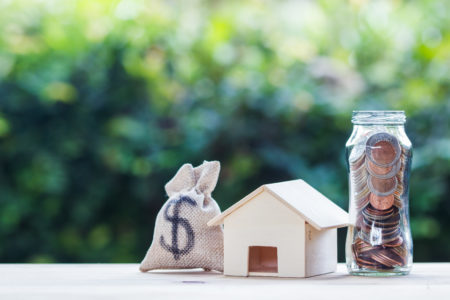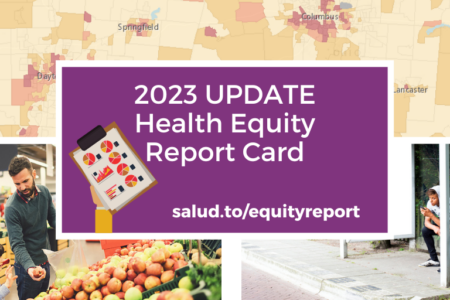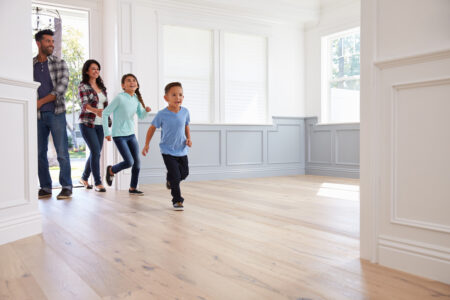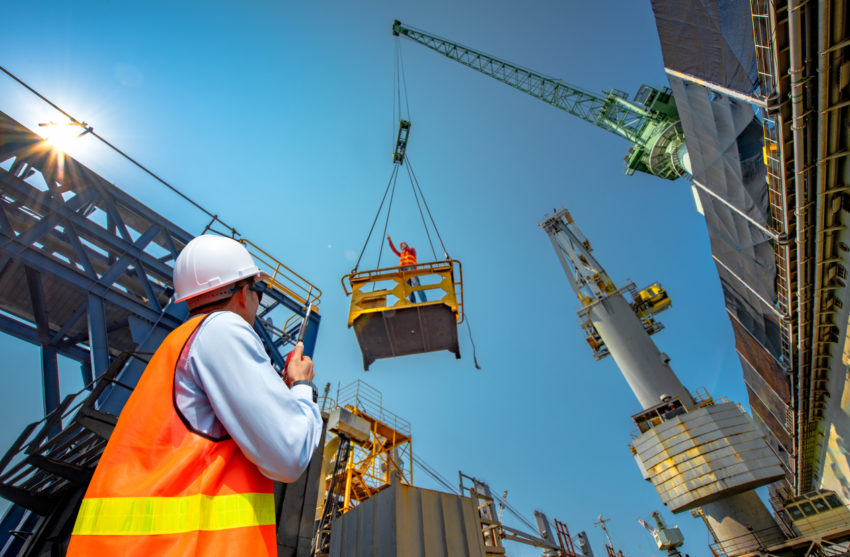
Share On Social!
In recent years, housing affordability in the U.S has emerged as a key issue that increasingly affects low-income households and millions of middle-class renters.
People across age demographics’ ideals concerning housing are shifting — hoping to find an urban experience. This movement is in contrast with the suburban American dream of the past. However, rental rates are rising and wages are stagnating, which is causing neighborhoods to struggle and putting pressure on the housing development industry.
In the coming years, much of the increase in both population and in households will be among precisely those groups that today are being left behind in homeownership growth.
Our older and historic neighborhoods now have a new mission to provide homes for the young, for new immigrants, for those of limited means, for first home buyers, and for retired citizens.
Why we should transfer old buildings into new affordable housing?
Revitalizing neighborhoods, without enacting gentrification, is one way to ease the current housing crisis in America, according to Stephanie Meeks, president and CEO of the National Trust for Historic Preservation.
“Tearing down old buildings won’t make our cities more affordable or inviting,” writes Meeks in City Lab. “It’s time to make better use of the buildings and spaces we already have.
“When a much-beloved building is restored to life, the surrounding neighborhood shares in this invigoration. The impact on residents can also be profound. There is something reaffirming about living in a community landmark, particularly one that so clearly exhibits the care that went into its restoration.”
There are other benefits to this strategy, too, such as economic growth.
“Simply put, older blocks often offer more affordable housing options than newer areas of the city, while creating employment and entrepreneurial opportunities for urban residents of all incomes,” writes Meeks.
Creative solutions around the U.S.
In many cities, many companies are converting older hotels, offices, or industrial uses into affordable housing for artists, seniors, the homeless, and low-income workers
In Denver, Colorado (30.5% Latino), the city has turned a vacant apartment into instant affordable housing.
- The city launched a $10 million Revolving Affordable Housing Loan Fund to help widen the capital pool for affordable housing projects.
- Their plan will subsidize the preservation or building of 6,000 income-qualified housing units.
- In addition, Mayor Michael Hancock announced a pilot “buy-down” program that would turn vacant high-end apartments into affordable units.
The Sun Link in Tucson, Arizona (42.9%) sparked a movement to redevelop downtown buildings and helped bridge the physical divide created by Interstate 10 in the 1960s, which split the city in half.
- Downtown Tucson’s revitalization is also part of a larger movement the National Trust for Historic Preservation.
- These projects by, “adapting existing buildings to new uses are cheaper than new construction and is a more stable construction activity during economic downturns,” according to the Preservation Green Lab report,
In Baltimore, Maryland (5%), a 122-year-old school has been converted into affordable apartments.
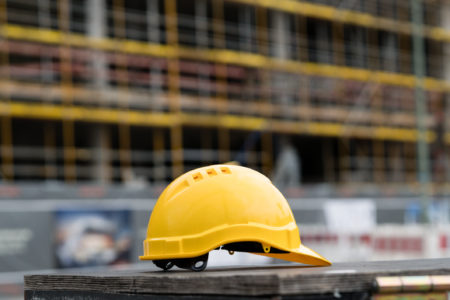
- The $13 million Columbus School Apartments, completed in 2014, marks the rebirth of a landmark and epitomizes the benefits gained by combining affordable housing and adaptive reuse.
- “This new school-to-apartment transformation project is gaining attention because Baltimore has been forced to close more than a dozen school buildings over the past decade and projects like this one may offer a glimmer of hope.”
In Seattle, Washington (6.5%), Solid Ground’s Brettler Family Place with an arrangement with Mercy Housing Northwest has built a 52-unit family housing development, on what was formerly the Sand Point Naval Air Station.
The Arlington, Virginia (15.8%) Presbyterian Church is helping churches into low-income housing in areas around Washington. Construction is now underway on 173 units of low-income housing and ground-floor retail space.
Chaska, Minnesota’s (8.8%) city council unanimously approved a concept plan to build four duplexes south of Shepherd of the Hill Presbyterian Church. Many churches are converted into affordable housing across the United States.
In North Carolina (9.6%), 19 historic buildings have been adaptively reused for low-income senior housing.
- “School buildings are the most common type of historic structure that has been historically renovated in North Carolina for affordable senior housing.”
- “North Carolina’s historic hospitals are another type of historic structure being renovated for affordable senior housing.
- In Greensboro, the historic L. Richardson Memorial Hospital reopened in 2002 as a 32-apartment facility for residents 55 or older.”
More federal grants, and city-led incentive programs are needed to getting public support and reusing existing building material to achieve a win-win project that provides quality housing at the lowest possible cost.
Check out more stories on affordable housing and also read our research review on how the state of housing, transportation, and green space affects Latino Health.
Explore More:
HousingBy The Numbers
56.9
percent
of Latinos are "housing cost burdened"

